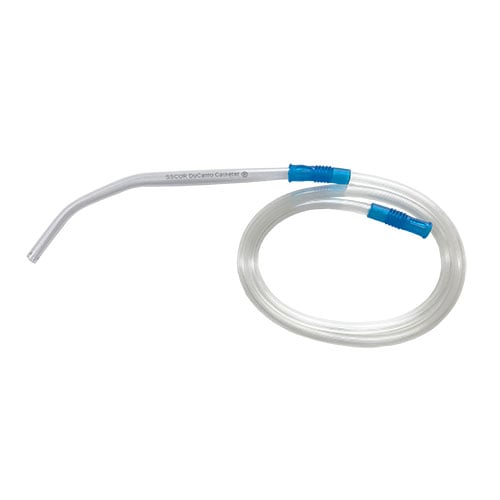
According to the Centers for Disease Control, about 7.7 percent of people, including 8.4 percent of children, have asthma. Asthma rates have steadily increased across all age groups since the 1980s. And though most people with asthma lead long and healthy lives, asthma does increase the risk of respiratory emergencies, particularly in people with other health conditions.
Between 3 and 5 percent of adults hospitalized for acute asthma develop respiratory failure requiring mechanical ventilation. Here’s what you need to know about when, whether, and how to ventilate an asthma patient.
Emergency Interventions for Asthma
For most asthma patients, therapy with systemic glucocorticoids and inhaled bronchodilators are sufficient to resolve the crisis. A severe asthma attack is not sufficient impetus to intubate. However, a significant portion of asthma patients are at risk for respiratory arrest and may need intubation. So asthma patients must be closely monitored if traditional interventions do not appear to be working.
Respiratory Failure and Asthma: What You Need to Know
Asthma increases the risk of respiratory failure, especially in emergency settings. It’s important to note that an asthmatic does not have to be having an asthma attack to be at risk of respiratory failure. Other breathing conditions, including flu, pneumonia, COVID-19, lung injuries, and various other infections all elevate the risk.
Respiratory distress may be an early warning sign of respiratory failure. Some symptoms to look for include:
- Minimal cyanosis
- Mild anxiety
- Tachycardia, chest pain, or chest tightness
- Changes in breathing sounds
- Lower oxygen saturation
Respiratory failure is a more urgent crisis. Some symptoms include:
- Use of accessory muscles to breathe
- Severely altered mental state
- Decreased O2 saturation even with O2 or other interventions
- Inability to speak
- Severe cyanosis
- No breathing sounds
- Tachycardia consistently higher than 130 bpm for an adult
Signs of respiratory failure warrant immediate intervention.
How to Ventilate an Asthma Patient
Mortality is high among intubated asthma patients, so aggressive, early intervention is critical, and may prove life-saving. Hypoxia and hypercapnia alone should not trigger ventilation, but patients at high risk of respiratory arrest may need intubation. To ventilate an asthma patient:
- Practice aggressive hygiene measures. COVID-19 has fundamentally changed airway management. Simple hygiene failures can transmit a lethal virus, and people with asthma are already more vulnerable to COVID.
- Offer reassurance and explain the procedure to the patient. Mental health matters and is critical to physical health. Your patient needs to understand what is happening, and that they are safe and in good hands. They must also consent to the procedure.
- Sedate the patient so that they feel no pain or anxiety during the procedure.
- Suction the patient prior to ventilation. Be sure to use the right-size catheter.
- Set the ventilator up in pressure control mode at first. Set the pressure to a tidal volume of 6-8 ml/kg, with a target respiratory rate of 11-14 breaths per minute and a positive end-expiratory pressure of 0-5 cmH2O). Target plateau pressure should be less than 30 cmH2O, and pH should be above 7.2.
- Keep the patient’s caregiver informed so they can make decisions and remain involved in the process.
Choosing the Right Equipment
The right portable emergency suction allows you to protect patient airways in a variety of circumstances, including during acute asthma attacks. Though wall-mounted suction can and does save lives, it is inadequate to meet all patients’ needs. Portable emergency suction allows you to treat patients wherever you find them and without treatment delays. Yet not all devices are the same.
Your organization needs suction that is consistent, reliable, and easy to use. For assistance finding the right machine for your agency, download our free guide, The Ultimate Guide to Purchasing a Portable Emergency Suction Device.














